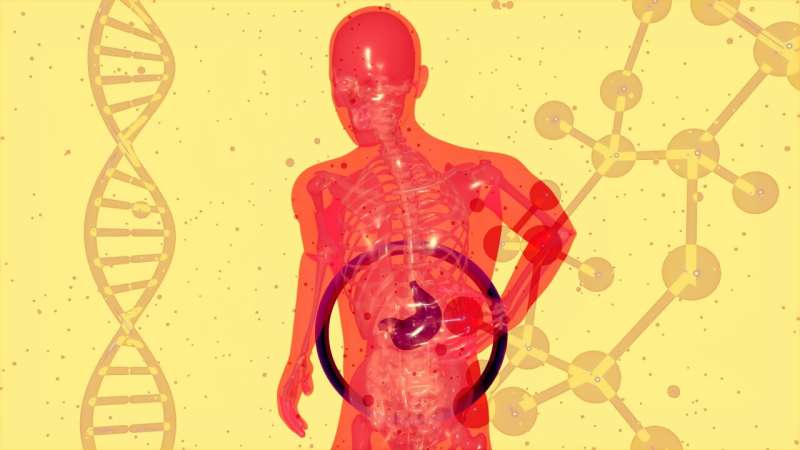Microbial DNA Signatures Distinguish Primary Liver Cancer from Metastatic Colorectal Cancer

A groundbreaking study reveals that microbial DNA signatures in blood plasma can accurately distinguish primary liver cancer from metastatic colorectal cancer, offering new hope for noninvasive cancer diagnostics and personalized treatment approaches.
Recent research conducted by scientists at the University of California San Diego has uncovered a promising new method for differentiating between primary liver cancer and metastatic colorectal cancer using microbial DNA signatures found in blood plasma. Determining the origin of a tumor is crucial for guiding effective treatment strategies, especially when imaging results are inconclusive or unavailable.
The study focused on analyzing cell-free DNA (cfDNA)—fragments of DNA released from dead cells present in bodily fluids—in blood samples from 16 patients with primary liver cancer and 11 with metastatic colorectal cancer that had spread to the liver. Through metagenomic analysis, researchers identified distinct microbial DNA profiles associated with each cancer type.
Key findings included the ability of a microbial classifier to distinguish primary liver cancer from metastatic colorectal cancer with 90% accuracy. The microbial species predominantly linked to primary liver cancer patients included Pseudomonas aeruginosa, Corynebacterium accolens, and C. glucuronolyticum. Conversely, microbes common in metastatic colorectal cancer patients comprised Acinetobacter tandoii, A. tianfuensis, A. septicus, A. parvus, Pseudomonas asiatica, and Bifidobacterium faecale.
Interestingly, microbes associated with primary liver cancer are known to relate to immune suppression, liver transplant complications, and antimicrobial defenses, while those linked to colorectal metastasis tend to be associated with hospital-acquired infections, bloodstream infections, and gastrointestinal inflammation. These microbial signatures not only offer insights into the tumor biology but also suggest potential for noninvasive diagnostic approaches.
The researchers highlighted that this discovery could pave the way for new diagnostic blood tests, enabling early detection and monitoring of liver cancers without the need for invasive procedures. Such microbial DNA-based biomarkers could enhance personalized treatment strategies and potentially lead to microbiome-targeted therapies.
While larger studies are necessary to validate these findings, the research adds to the growing evidence of the microbiome’s role in cancer development and progression. As Dr. Amir Zarrinpar, a lead researcher, notes, this is among the first efforts to use microbial DNA in blood for noninvasive tumor origin identification, especially between common liver-related cancers.
This advancement highlights the significant potential for microbiome research in cancer diagnostics and treatment, heralding a new era of personalized oncology care.
Stay Updated with Mia's Feed
Get the latest health & wellness insights delivered straight to your inbox.
Related Articles
Innovative Blood-Based Biosensor Promises Improved PTSD Diagnosis
Researchers have developed a novel blood-based biosensor using multiomic technology to enhance the accuracy and speed of PTSD diagnosis, paving the way for personalized mental health treatment.
Endolymphatic Sac Decompression Shows Promise in Treating Vertigo and Migraine in Meniere's Disease Patients
Endolymphatic sac decompression (ELSD) has shown promising results in relieving vertigo and migraines in patients with Meniere's disease, with the potential for shared underlying mechanisms between these symptoms. Recent research highlights its effectiveness, especially in patients without hypertension.
Scientists Discover How the Skin Detects Cool Temperatures and Its Implications
A recent study enlightens how the skin communicates cool sensations to the brain through a dedicated neural pathway, deepening our understanding of temperature perception and its medical implications.
Living Near Polluted Oceans with Microplastics May Heighten Risk of Heart and Metabolic Diseases
Living near microplastic-polluted oceans may significantly raise the risk of heart and metabolic diseases. A new study links high microplastic levels in coastal waters to increased rates of diabetes, heart disease, and stroke among residents.



